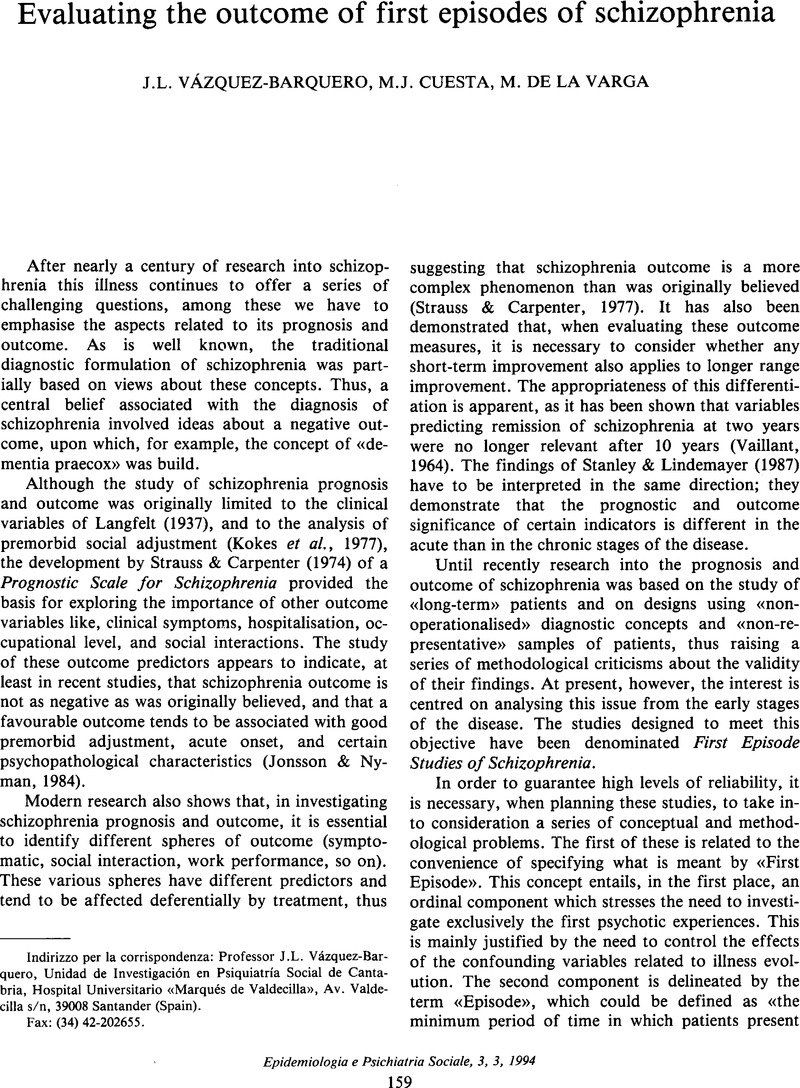Jablensky, A,
Sartorius, N.,
Ernberg, G.,
Anker, M.,
Korten, A.,
Cooper, J.E.,
Day, R. &
Bertel, A. (
1992). Schizophrenia: manifestations, incidence and course in different cultures. A World Health Organization Ten-Country Study.
Psychological Medicine, Supplementum No. 20, pp.
3–
97.
Google Scholar 